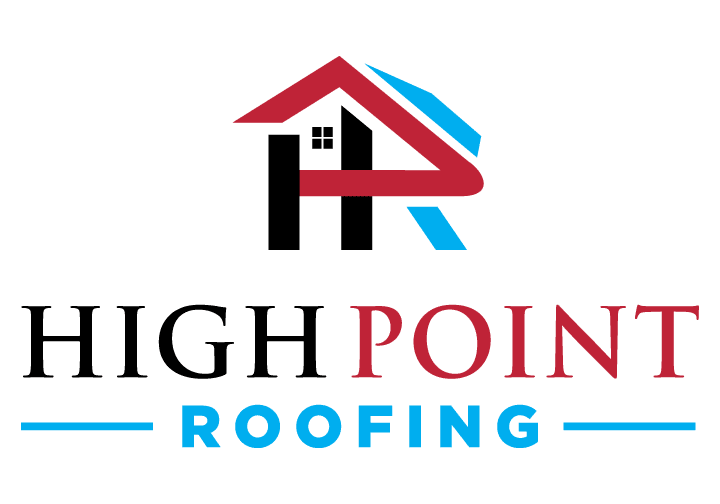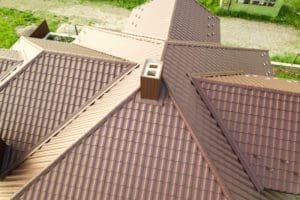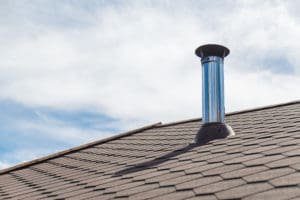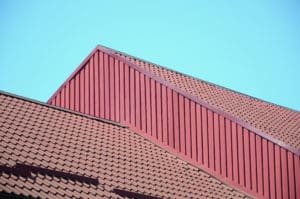Roof repair is an essential task that every homeowner should be familiar with. Whether it’s fixing a leak or replacing damaged shingles, understanding the do’s and don’ts of roof repair can save you time, money, and potential headaches. In this comprehensive guide, we will walk you through the basics of roof repair, discuss the common types of roof damage, highlight the do’s and don’ts, and provide tips for maintaining your roof post-repair.
Understanding the Basics of Roof Repair

Before delving into the do’s and don’ts of roof repair, it’s important to familiarize yourself with the basics. Roof repair primarily involves identifying and addressing issues with your roof, such as leaks, missing or damaged shingles, or potential structural damage. Proper repairs can extend the lifespan of your roof while ensuring your home remains safe and protected from the elements.
Types of Roof Damage
Roofs can be damaged in various ways. The most common types of roof damage include:
- Leaks: Water penetration through cracks or gaps.
- Shingle Damage: Missing, broken, or curled shingles.
- Sagging: Indicating potential structural issues.
- Blow-offs: Shingles lifted or completely blown away by strong winds.
- Ice Dams: Caused by melting snow refreezing at the roof’s edge.
Identifying the specific type of damage is crucial in determining the appropriate repair approach.
Common Roofing Materials
Roofs come in various materials, each with its own advantages and disadvantages. Common roofing materials include:
- Asphalt Shingles: Affordable, versatile, and widely used.
- Metal Roofing: Long-lasting and highly durable.
- Wood Shingles: Provide a natural, rustic look.
- Slate Tiles: Known for their elegance and longevity.
Understanding the different roofing materials can help you choose the appropriate repair methods and materials that match your specific roof type.
When it comes to roof repair, it’s important to consider the climate and weather conditions in your area. For example, if you live in an area prone to heavy rainfall, you may want to opt for asphalt shingles as they are known for their water-resistant properties. On the other hand, if you live in a region with extreme temperature fluctuations, metal roofing can provide better insulation and durability.
Another factor to consider is the overall aesthetic appeal of your roof. Wood shingles can add a touch of natural beauty to your home, creating a warm and inviting atmosphere. However, it’s important to note that wood shingles require regular maintenance to prevent rot and decay.
Lastly, the lifespan of different roofing materials should be taken into account. While asphalt shingles are more affordable, they typically have a shorter lifespan compared to metal roofing or slate tiles. Investing in high-quality materials can save you money in the long run by reducing the need for frequent repairs or replacements.
By understanding the basics of roof repair, the types of roof damage, and the common roofing materials available, you can make informed decisions when it comes to maintaining and repairing your roof. Remember, a well-maintained roof not only protects your home but also adds value and curb appeal to your property.
The Do’s of Roof Repair

When it comes to roof repair, following a set of do’s is essential to ensure a successful outcome and avoid potential pitfalls. Let’s explore some of the key do’s:
Roof repair is a critical aspect of home maintenance that should not be taken lightly. A well-maintained roof not only enhances the aesthetic appeal of your home but also provides protection against the elements. By following a few simple guidelines, you can ensure that your roof remains in top condition for years to come.
Safety Measures to Consider
Prioritize safety above all when undertaking roof repairs. Always wear appropriate protective gear, such as gloves, safety glasses, and non-slip footwear. Use a sturdy ladder and secure it properly before climbing onto the roof. Additionally, ensure you have a spotter nearby to assist if needed.
Before starting any repair work, it’s crucial to inspect the roof for any signs of damage or wear and tear. Look for missing or damaged shingles, cracks, or leaks that may indicate underlying issues. By addressing these issues promptly, you can prevent further damage and prolong the lifespan of your roof.
When to Hire a Professional
While some minor repairs can be done independently, it’s important to recognize when it’s time to call in the professionals. Hiring an experienced roofing contractor ensures proper assessment, efficient repairs, and adherence to local building codes. Attempting complex repairs without the necessary expertise may do more harm than good.
Proper Use of Tools and Materials
Utilize the right tools and materials for the job. This includes roofing nails, sealants, flashing, and any specialized equipment needed for your specific repair. Using the correct tools will not only enhance the quality of your repair but also ensure your safety during the process.
When replacing shingles, make sure to choose materials that are compatible with your existing roof to maintain a cohesive look. Proper installation of shingles is crucial to prevent water infiltration and ensure the longevity of your roof. By following manufacturer guidelines and best practices, you can achieve a durable and visually appealing roof repair.
The Don’ts of Roof Repair
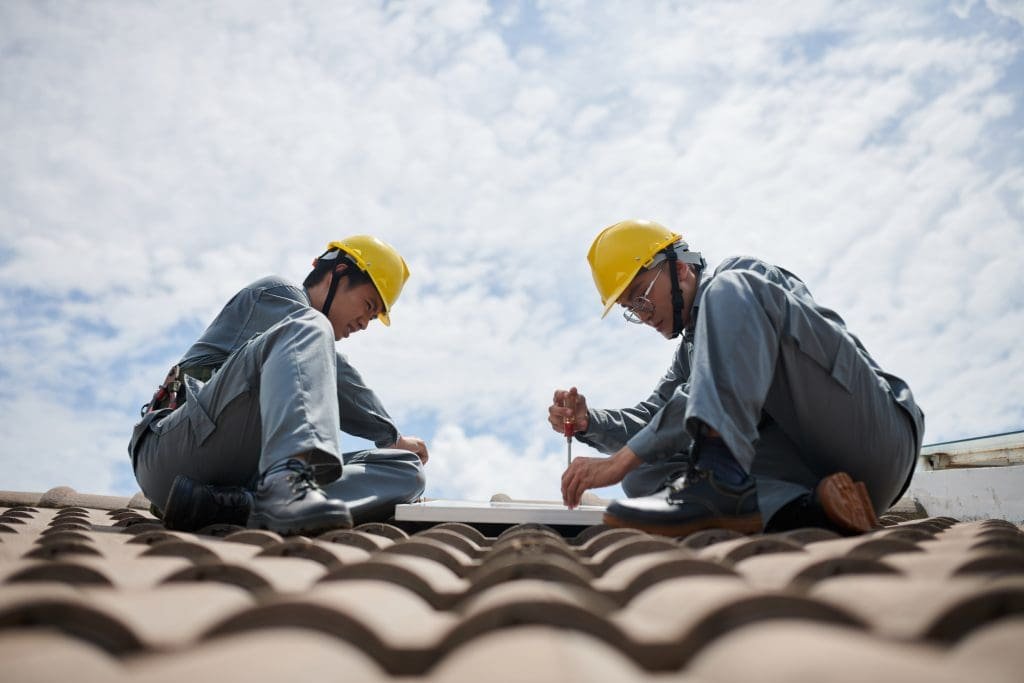
Equally important to knowing the do’s is recognizing the don’ts of roof repair. Avoiding common mistakes can prevent further damage and potential accidents.
When it comes to roof repair, understanding what not to do is just as crucial as knowing what to do. By steering clear of common pitfalls, you can safeguard your home and ensure the longevity of your roof.
Common Mistakes in DIY Roof Repair
While it may be tempting to tackle roof repairs on your own, certain tasks are best left to professionals. Avoid these common mistakes in DIY roof repair:
- Ignoring Safety Precautions: Always prioritize your safety and the safety of others involved.
- Improper Installation: Improperly installed materials can lead to future leaks and damage.
- Using Incorrect Materials: Make sure to select materials that are compatible with your roof type.
- Insufficient Roof Inspection: Properly assess the extent of damage before starting repairs to avoid missing hidden issues.
While the allure of saving money by handling roof repairs yourself may be strong, it’s essential to recognize the limitations of your expertise. Some tasks, such as complex leak diagnosis or structural repairs, are best entrusted to experienced professionals who have the necessary skills and equipment.
Risks of Improper Roof Repair
Improper roof repairs can result in significant consequences. From exacerbating existing damage to compromising the safety and stability of your home, the risks associated with incorrect repairs should not be taken lightly. To ensure long-lasting results, it’s crucial to implement the necessary repairs correctly or hire a professional.
Moreover, improper roof repair can not only lead to immediate issues but also have long-term repercussions. A small mistake in the repair process can snowball into larger problems over time, costing you more in extensive repairs or even premature roof replacement. It’s vital to address any roofing issues promptly and effectively to maintain the integrity of your home’s structure.
Maintaining Your Roof Post-Repair

Once you’ve successfully repaired your roof, it’s important to prioritize regular maintenance. Follow these tips to ensure the longevity and functionality of your roof:
Proper maintenance of your roof is crucial for its durability and performance over time. By implementing a routine inspection schedule, you can catch any issues early on and address them promptly, saving you time and money in the long run.
Regular Roof Check-ups
Periodically inspect your roof for any signs of damage, such as missing or damaged shingles, loose flashing, or signs of leaks. Early detection allows for prompt repair, preventing further damage and costly repairs. In addition to visual inspections, consider hiring a professional roofing contractor to conduct a thorough assessment of your roof at least once a year.
During these check-ups, pay close attention to the condition of your roof’s underlayment and insulation. These components play a crucial role in maintaining the energy efficiency of your home and protecting it from water damage. Address any issues with these layers promptly to avoid more extensive repairs down the line.
Dealing with Weather Conditions
Weather conditions can have a significant impact on the lifespan of your roof. Take preventive measures by clearing debris, trimming overhanging branches, and reinforcing weak spots before extreme weather events. Regularly clean your gutters to prevent water buildup, which can lead to damage. Additionally, consider investing in high-quality roofing materials that are specifically designed to withstand the elements prevalent in your area.
Furthermore, be mindful of the impact of seasonal changes on your roof. In regions with harsh winters, snow and ice accumulation can put stress on your roof structure. Ensure proper insulation in your attic to prevent ice dams from forming and causing water infiltration. In warmer climates, prolonged exposure to sunlight can accelerate the deterioration of roofing materials. Consider applying a reflective coating to mitigate heat absorption and prolong the life of your roof.
Concluding Thoughts on Roof Repair
Proper roof repair is crucial to maintain the integrity of your home and protect your investment. By following the do’s and don’ts outlined in this comprehensive guide, you can confidently address roof damage, ensure the safety of your family, and extend the lifespan of your roof. Remember, when in doubt, it’s always wise to consult a professional to ensure a job well done.
The Importance of Proper Roof Repair
Proper roof repair plays a vital role in safeguarding your home from potential water damage, structural issues, and costly repairs. Neglecting regular maintenance and failing to address roof damage promptly can lead to more severe problems down the line. Stay proactive and prioritize the maintenance of your roof.
Additionally, a well-maintained roof not only protects your home but also enhances its curb appeal and overall value. A visually appealing roof can significantly contribute to the aesthetic appeal of your property, making it more attractive to potential buyers in the future.
Recap of Do’s and Don’ts
As we conclude this comprehensive guide to roof repair, let’s recap the essential do’s and don’ts:
- Do prioritize safety and consider hiring professionals for complex repairs.
- Do use the proper tools and materials for the job.
- Don’t attempt repairs beyond your expertise and always follow safety precautions.
- Don’t ignore the risks of improper repair, as it can lead to further damage.
By following these guidelines, you can confidently navigate the world of roof repair and ensure your home remains secure and protected for years to come.
